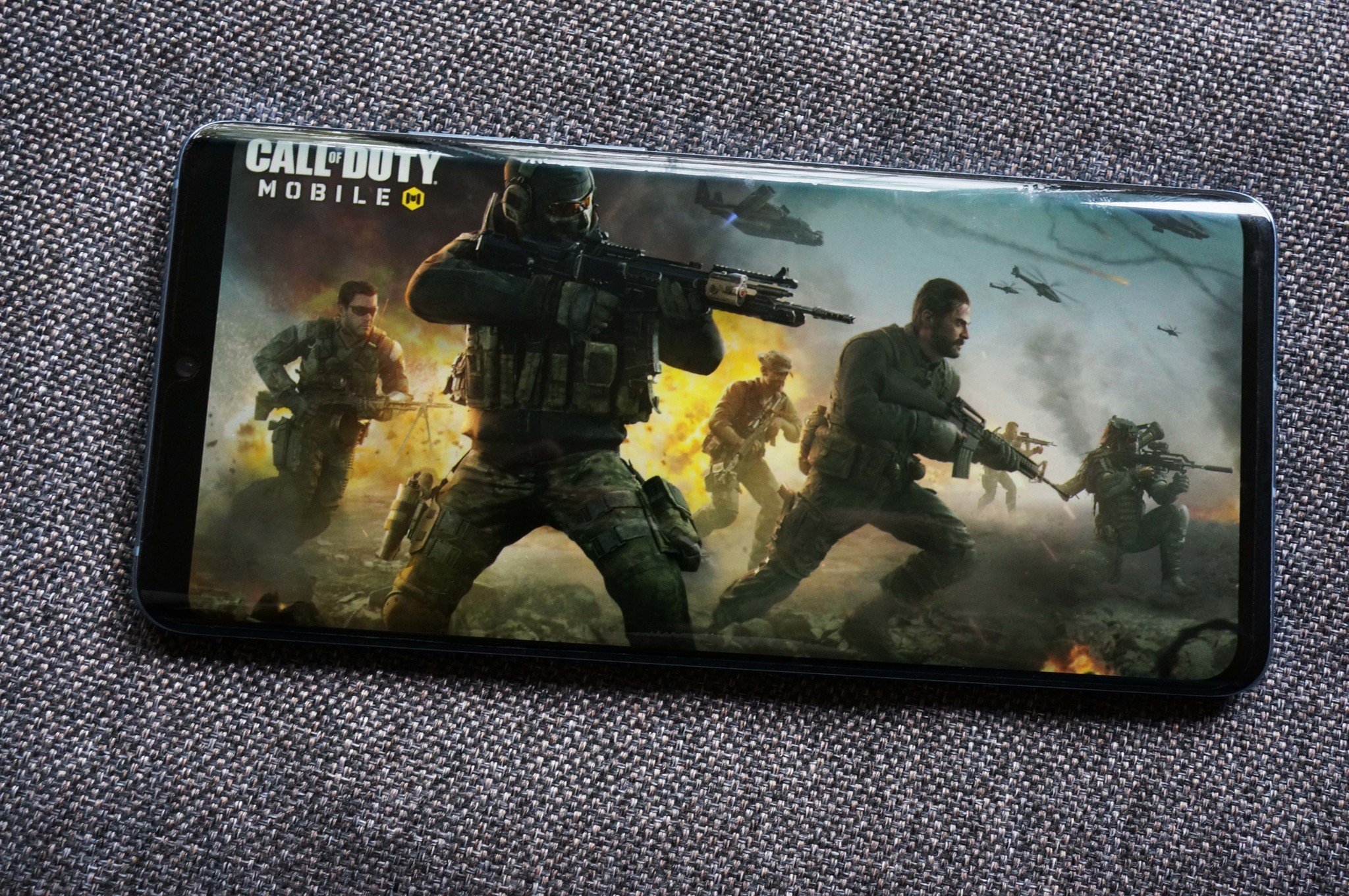What you need to know
- The West is has gotten more into mobile gaming over the past four years, and it shows no signs of stopping.
- A key improvement has been in our interest in more complex mobile titles like Call of Duty Mobile or Pokémon Go.
- The move is partially driven by AAA publishers getting into the mobile space, but also improvements in mobile phone technology and 5G.
When most people in the U.S. think about mobile games, they likely picture casual games like Candy Crush Saga or Homescapes. They're easy to play, idle, puzzle games that are good for passing the time and can be played by just about everybody. However, larger, more complex mobile games are on the rise in many parts of the world, according to a new report published today by Newzoo, a games and esports data company.
The report, co-published with ARM, a processor company, calls these titles "high-fidelity games," or games that feature "advanced graphics and/or complex mechanics and gameplay." That includes mobile shooters like Call of Duty Mobile, RPGs like Genshin Impact, and MOBAs like League of Legends: Wild Rift. These kinds of titles are the biggest in countries like China, where nine out of the top 20 Android games could be considered high-fidelity. Meanwhile, in countries like the U.S. and in Europe, the number is a lot smaller, since they tend to go for what the company calls "midcore" games.
However, both the U.S. and Europe have seen huge jumps in high-fidelity popularity. According to the report, revenue share for the top 200 grossing games on iOS and Google Play combined jumped from 6% high-fidelity games in 2016 to 33% in 2020 in the U.S. The report cites platforms like Roblox and games like Pokemon Go and Call of Duty Mobile as being drivers for this huge jump.
Mobile gaming continues to outperform PC and console as the biggest gaming platform. In 2020, nearly half ($86.9 billion) of global games market revenues came from mobile. With the rising trend of cross-platform games and established PC/console franchises coming to mobile, mobile gamers are increasingly looking for core gaming experiences on the touch screen. The growing appetite from consumers has pushed high-fidelity mobile games to the next level, thus demanding powerful mobile devices to support premium gaming experiences.
The move is driven partially by a lot of AAA publishers getting into the mobile space, as evidenced by successes like Call of Duty Mobile and PUBG Mobile. However, the technology in smartphones is getting more powerful and is able to support these high-fidelity games. This goes beyond just gaming-specific phones like the 2017 Razer Phone and more towards just regular flagship products like the Samsung Galaxy S21. The report also cites the increasing popularity of cloud gaming as a reason people are moving towards mobile, along with the proliferation of 5G networks.
"As the games market embraces a platform-agnostic future, enabled by cross-play and cloud gaming, consumers are increasingly looking for immersive and mid-core gaming experiences on the go," the report states. "We believe that in the next couple of years, emerging markets and Western countries will play an increasingly important role in driving the growth of high-fidelity or next-gen mobile games.
If you want to check out the full report, you can do so over at ARM's website.



0 Commentaires